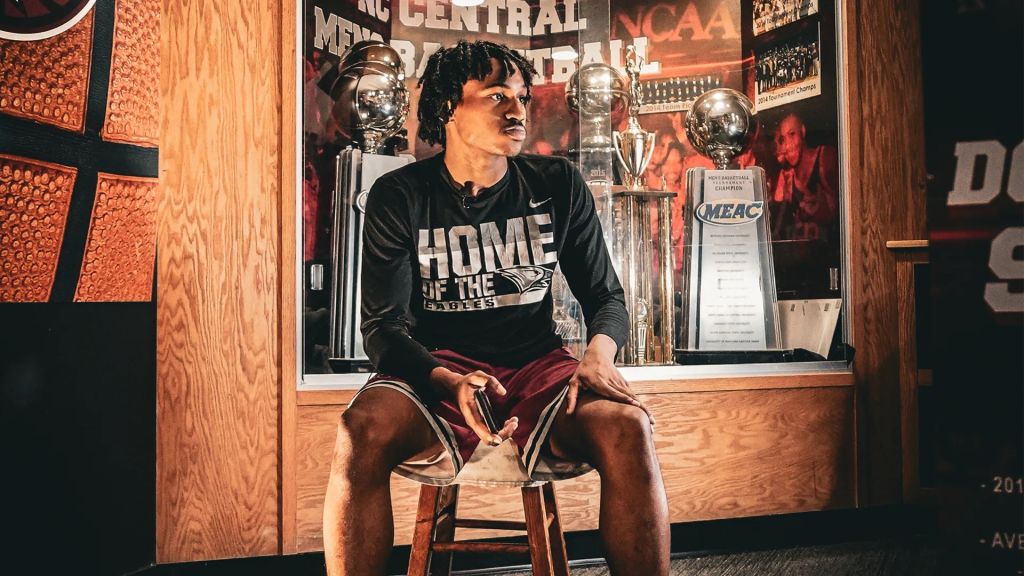
Source: David Becker / Getty
The headlines and descriptions of domestic terrorist, Stephen Paddock, made it clear that the mass murderer was white before the public even saw his face. As media outlets plastered the Internet with the picture of Marilou Danley, his girlfriend of color, the whiteness of the Las Vegas shooter was on full display.
TMZ noted that he “doesn’t fit mass shooter profile.” Highlighting his resume, his likes/dislikes, and how he spent his retirement in quiet Mesquite, Nev., the press response has read more like an E-harmony profile than an effort to document a terrorist attack. Rather than searching for every indication of the shooter’s inherent criminality, which has been the case when people of color are at the center of violent acts, most media outlets failed to adequately chronicle how the shooting in Las Vegas was yet another mass shooting. The massacre is part of a larger epidemic of white-on-white violence that has shattered lives, destroyed communities, and left the nation looking at itself in a mirror reflecting violence and despair.
A report in the Washington Post noted that while he was “quiet” and lived like “a college freshman,” he was just a regular guy who drove a modest car and often wore khakis and a polo shirt. Another piece in The Washington Post noted how “Paddock’s family was never the same following the trauma” of his father’s arrest for bank robbery. And no one drew causal correlations between Paddock’s father’s criminal background and Paddock’s criminal acts as would have been the case if Paddock wasn’t white.
To be white is to be immune to the labels of terrorism despite the resulting fear of one’s violent rampage.
Many articles centered his brother’s perspective. His brother described him as a Joe Lunch Bucket, albeit with gold and diamonds. “He’s just a guy. He lived in Las Vegas. He played at the casinos. There’s nothing. That’s what’s so bizarre. No trouble with the law. No mental illness,” he noted.
A neighbor described Paddock as “normal.” Even strangers seemed to have liked him. A bartender at Peggy Sue’s, a spot Paddock and his girlfriend frequented, continue to support the narrative that the shooter was an average guy who had an occasional drink and liked karaoke. Paddock, to many people, isn’t what a terrorist looks like? Terrorists, indeed, to many people don’t look like white men at all. Terrorists, mass shooters, and murderous criminals don’t look like Paddock or me.
The media has turned Paddock into an isolated and normal-individual-turned-violent murderer rather than another white male among a class of white men who have killed masses of people in the U.S.
Such narratives are unique to white male mass shooters. As are the efforts to humanize and to offer cultural autopsies that point to potential gambling addictions or mental illness as the reason behind a mass shooting rather than a pervasive evil inherent in white male killers.
The erasure of “white male” mass shooters from public discourse produces coverage that depicts Paddock and countless others as individuals who we must empathize with. Paddock deserves empathy because he is not the imagined Muslim terrorist, the criminal Latino immigrant, and the Black thug. Whereas they are terrorists and super predators who “terrorize communities,” who undermine the safety and tranquility of our communities, Paddock is refashioned as a sick man who deserved help.
Terrorists, indeed, to many people don’t look like white men at all. Terrorists, mass shooters, and murderous criminals don’t look like Paddock or me.
The murderous rampage of Paddock, like so many white male domestic terrorists before him, has become a story about Haddock rather than the epidemic of white male shooters. “White men who resort to mass violence are consistently characterized primarily as isolated ‘lone wolves’ — in no way connected to one another — while the most problematic aspects of being white in America are given a pass that nobody else receives,” Shaun King wrote at The Intercept
The numbers don’t lie. And Stephen Paddock is no exception.
While the average age of a mass shooter is 35, and while media narratives often focus on “kids,” that is when they are white, the history of mass shootings in America is one with ample examples of older shooters. In fact, many of these instances received national attention.
Just a few months ago, James Hoginson opened fire on a GOP softball practice, injuring five.
In 2015, Robert Lewis Dear opened fire on a Colorado Springs Planned Parenthood, killing three and wounding nine others.
Five days earlier, James Houser, who was routinely described as a “drifter,” unloaded his weapon into a crowd watching TrainWreck, killing two people and wounding others.
Yet, what binds together those well-known high-school and college-age shooters, and those killers who are in their 50s and 60s, including Stephen Paddock, is that the majority of them are white men.
While representing only 31 percent of the population, white men account for over 54 percent of all shooters, according to Mother Jones. In 2015, that number was 63-64 percent.
In 2012, David Sirota, in his Salon article, “Time to Profile White Men,” noted that 70% of mass shooters were white men. Regardless of the different numbers that speak to varied definitions of what constitutes a mass shooting, it is clear that white men are overrepresented as mass shooters in the U.S. This isn’t surprising.
According to a 2013 University of Washington study, “Among many mass killers, the triple privileges of white heterosexual masculinity which make subsequent life course losses more unexpected and thus more painfully shameful ultimately buckle under the failures of downward mobility and result in a final cumulative act of violence to stave off subordinated masculinity,” the authors wrote.
The epidemic of mass shootings in the U.S. is the consequence of white privilege. And just as guns threaten the safety and security of communities throughout the nation, so does white privilege.
…From the perspective of this white male writer, to be white is to be complicit in the everyday violence of white supremacy—especially when we tell lies and not truths.
Despite bringing 10 suitcases, all presumably carrying guns, ammunition, and his weapons of mass destruction, “Paddock aroused no suspicion from hotel staff even as he brought in 23 guns, some of them with scopes.” And despite having ”19 additional firearms, thousands of rounds of ammunition and the chemical tannerite, an explosive,” at his Mesquite home, his neighbors expressed shock that he could have committed such atrocities. Given how race shapes who is feared, who is imagined as dangerous, who fits profile of “thug,” terrorist, or criminal, it isn’t surprising that no one suspected that he might be preparing to kill so many innocent lives.
This is very different than those who emerged after “terrorist attacks” in the United States. In the aftermath of the 2015 shooting in San Bernardino, several people questioned the lack of attention from neighbors, blaming them for failing to report suspicious activities. Arguing that they should have known and alerted authorities, the narrative seemingly indicted their neighbors for the horrific shooting that resulted in the murder of 14 people and not the killer.
Race shapes our reaction to gun violence. The shootings in Dallas and Baton Rogue served as a moment to blast and criticize Black Lives Matter and an opportunity to connect the killing of three police officers and the wounding of three others to the Black community. But Paddock’s actions, like those committed by white mass shooting brethren, will not be pinned to the entire white community.
Each report of a crime committed by an undocumented immigrant becomes a referendum on both immigrants and the Latino community, but the Vegas shooter, like Dylann Roof, James Holmes, Adam Lanza, Chris Harper, and countless others, are turned into stories about lone wolves and not an epidemic of white male terrorists.
To be white is to be immune to the labels of terrorism despite the resulting fear of one’s violent rampage. To be white is to kill many people and still be humanized and centered in stories about one’s love for polo shirts and burritos. To be white is to compel questions and narratives that blame a killer’s actions on gambling, the impact of his father’s criminal record, and mental illness rather than his evil tendencies and actions. And from the perspective of this white male writer, to be white is to be complicit in the everyday violence of white supremacy—especially when we tell lies and not truths.
Author Bio: David Leonard is a professor and author of Playing While White: Privilege and Power on and off the Field.
















